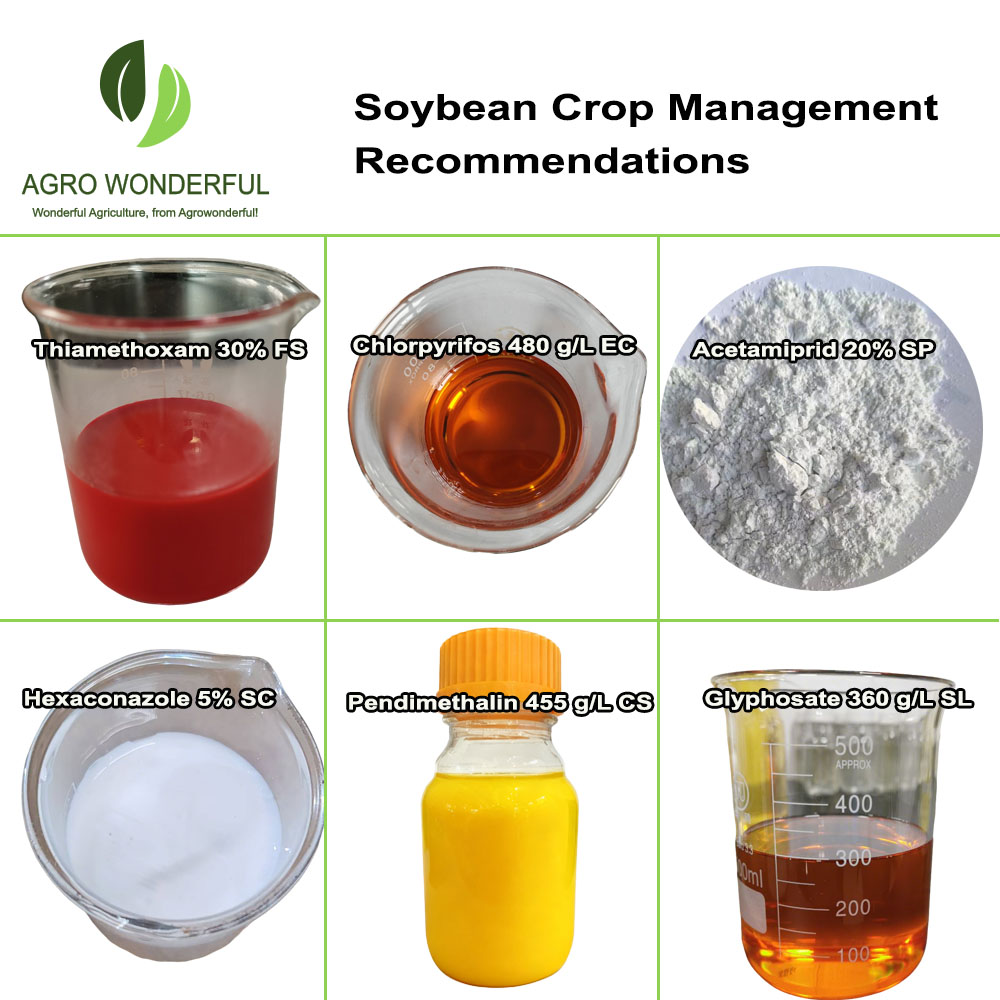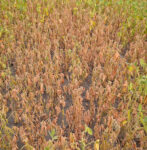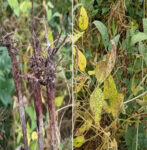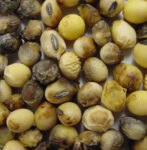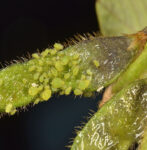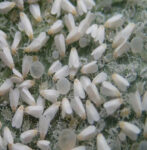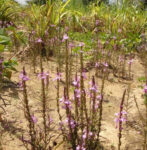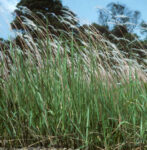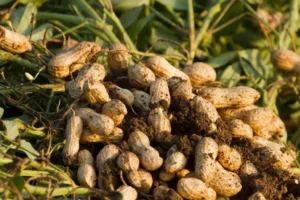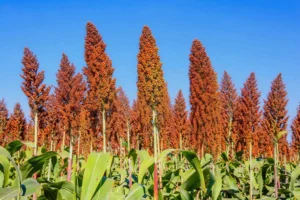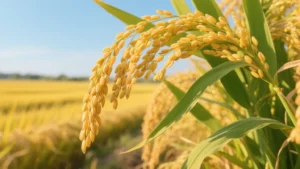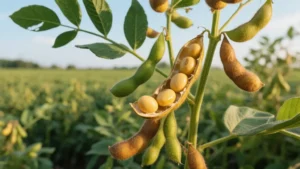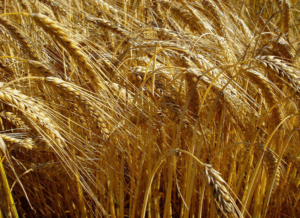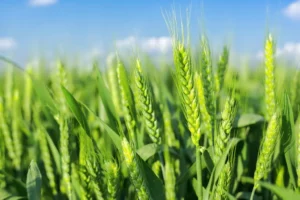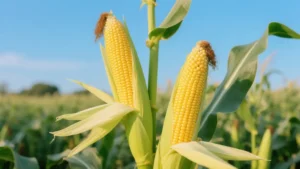Crop: Soybean
Overview
Soybean Crop Management Recommendations
Common Soybean Diseases
1. Soybean Rust (Fungus)
-
Impact: Causes premature leaf drop, reduces photosynthesis, and can lead to 30-80% yield loss.
-
Symptoms: Yellow spots on upper leaf surfaces, with brownish spore masses on the undersides.
-
Control: Spray Azoxystrobin 250 g/L SC at disease onset, repeating every 10-14 days.
2. Bacterial Blight (Bacteria)
-
Impact: Impairs leaf function and can cause seed shrinkage in severe cases.
-
Symptoms: Small, water-soaked lesions on leaves that develop into brown, necrotic spots.
-
Control: Apply Kasugamycin 2% SL as a preventive spray during early rainy periods.
3. Root Rot (Fungus)
-
Impact: Causes seedling death and wilting in mature plants, leading to poor stand establishment.
-
Symptoms: Brown discoloration and decay of roots and lower stem; plants wilt and are easily pulled up.
-
Control: Treat seeds with Fludioxonil 25 g/L FS before planting.
4. Purple Seed Stain (Fungus)
-
Impact: Reduces seed quality and market value.
-
Symptoms: Purple to dark brown lesions on pods and seeds.
-
Control: Apply Difenoconazole 10% WG at flowering stage to protect pods.
Common Soybean Pests
1. Soybean Aphid
-
Impact: Heavy infestations cause stunted growth, sooty mold from honeydew, and potential 40% yield loss.
-
Symptoms: Colonies of small green insects on undersides of leaves, curled and yellowed leaves.
-
Control Measures: Spray Acetamiprid 20% SP at first detection, ensuring underside leaf coverage.
2. Bean Leaf Beetle
-
Impact: Causes direct pod feeding damage and can transmit viral diseases, reducing yield and seed quality.
-
Symptoms: Circular holes in leaves, yellowed foliage, and scarred pods with feeding marks.
-
Control Measures: Apply Lambda-cyhalothrin 25 g/L EC.
3. Soybean Pod Borer
-
Impact: Larvae tunnel through stems, disrupting nutrient transport and causing plant lodging.
-
Symptoms: Wilting plants, frass at stem entry holes, and dead growing tips (“dead hearts”).
-
Control Measures: Use Emamectin Benzoate 5% SG during early larval stages before stem penetration.
4. Whitefly
-
Impact: Sucks plant sap and transmits cassava mosaic virus to soybean, reducing photosynthetic area.
-
Symptoms: Yellow stippling on leaves, sticky honeydew residue, and sooty mold development.
-
Control Measures: Apply Thiamethoxam 25% WG early in infestation, targeting leaf undersides.
Common Weeds in Soybean Fields
1. Striga (Witchweed)
-
Impact: Parasitic weed that severely reduces yield (up to 100% in heavy infestations) by attaching to soybean roots and extracting nutrients.
-
Symptoms: Presence of purple or yellow flowering shoots emerging near soybean plants, stunted crop growth.
-
Control Measures: Apply Glyphosate 360 g/L SL as a pre-planting treatment in infested fields.
2. Speargrass (Imperata cylindrica)
-
Impact: Competes aggressively for nutrients and water, forming dense mats that suppress soybean growth.
-
Symptoms: Sharp-tipped rhizomatous grass with white feathery flower heads, rapidly spreading patches.
-
Control Measures: Use Quizalofop-P-ethyl 50 g/L EC post-emergence when weeds are actively growing.
3. Blackjack (Bidens pilosa)
-
Impact: Competes strongly for light and nutrients, reduces harvest efficiency through seed contamination.
-
Symptoms: Serrated leaves with small yellow flowers producing barbed seeds that cling to clothing and fur.
-
Control Measures: Spray Pendimethalin 455 g/L CS pre-emergence or Bentazone 480 g/L SL post-emergence.
4. Amaranth (Pigweed)
-
Impact: Fast-growing weed causing significant yield reduction through intense competition for resources.
-
Symptoms: Broad reddish-green leaves with dense flower clusters, rapid vertical growth.
-
Control Measures: Apply Metolachlor 915 g/L EC pre-emergence or Fomesafen 250 g/L SL post-emergence.


